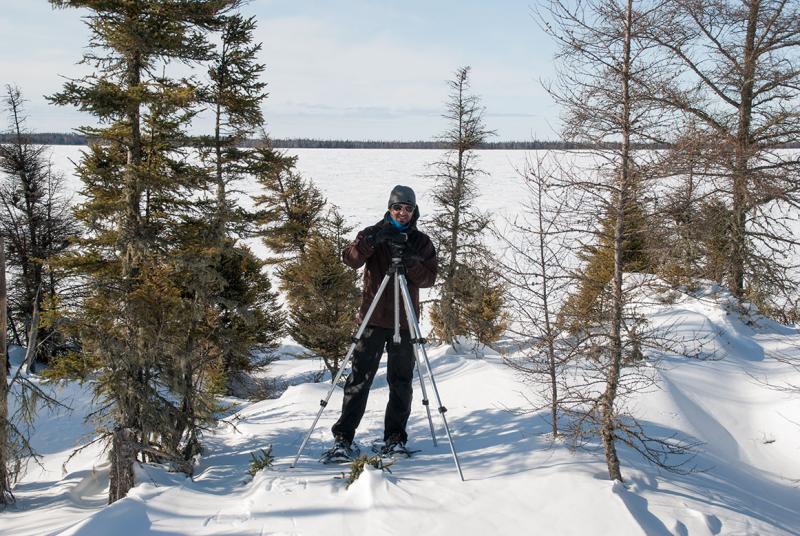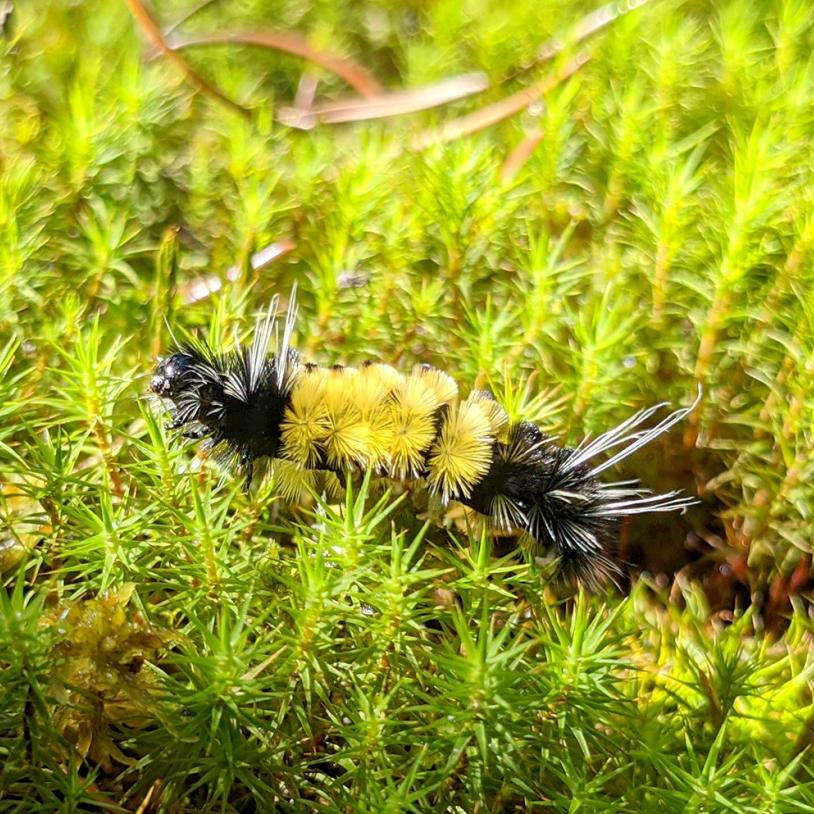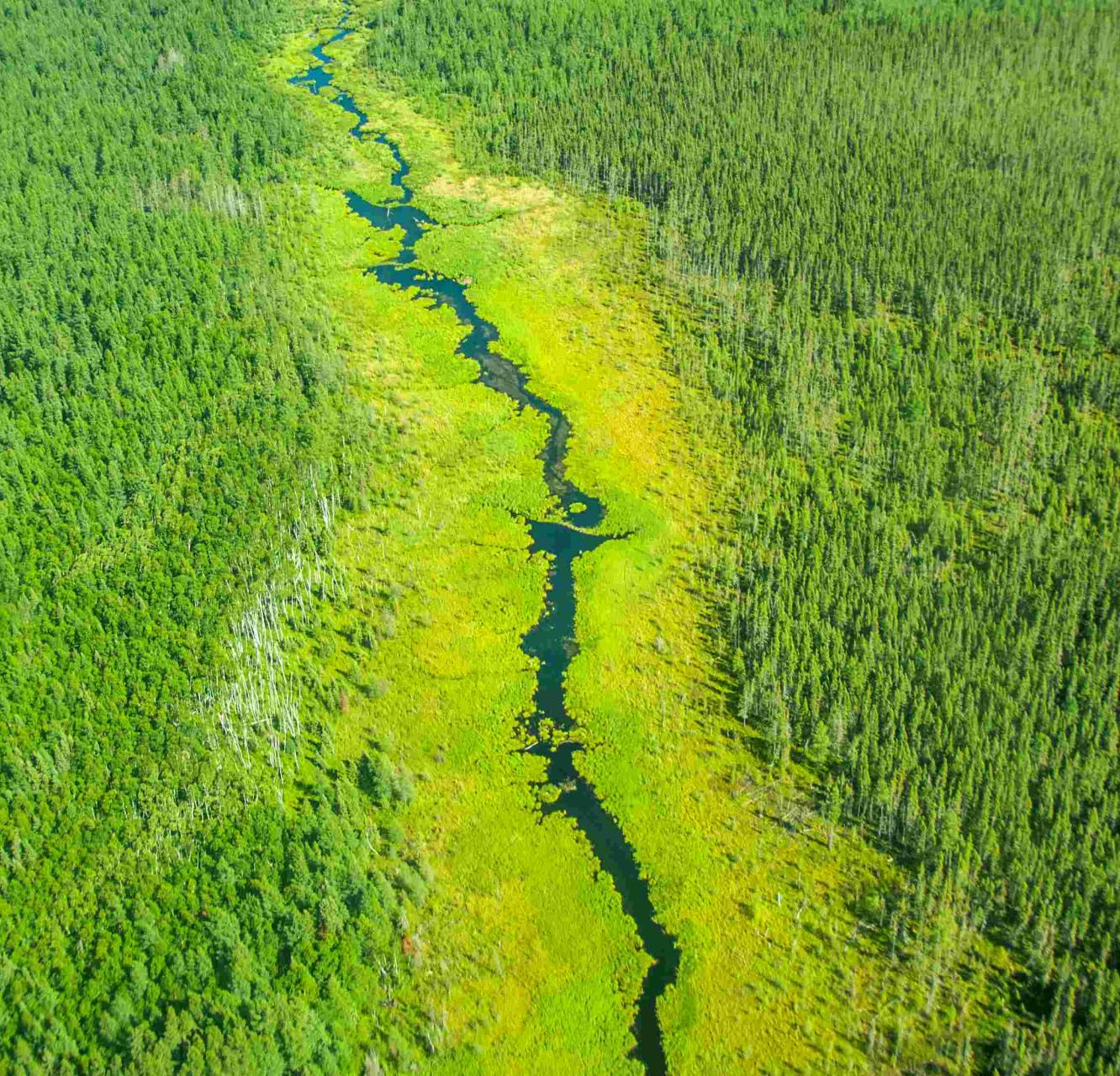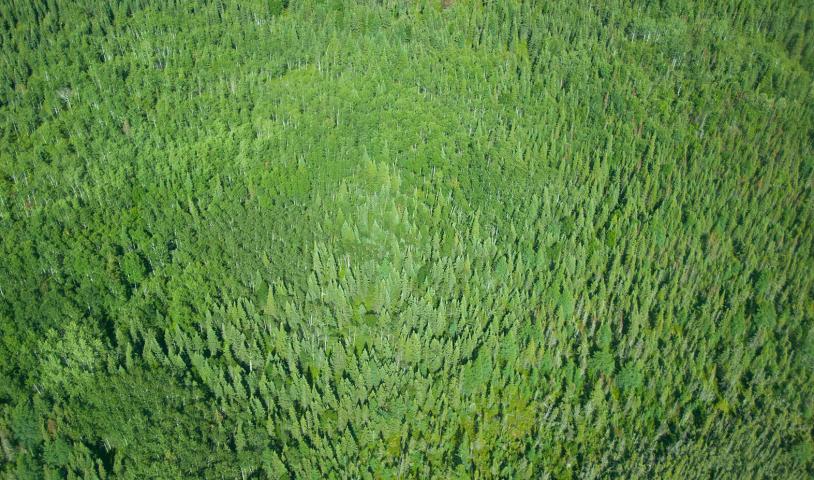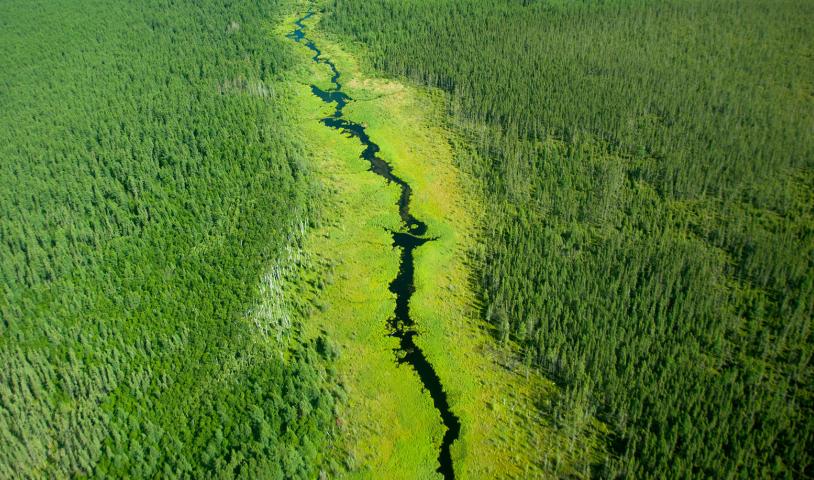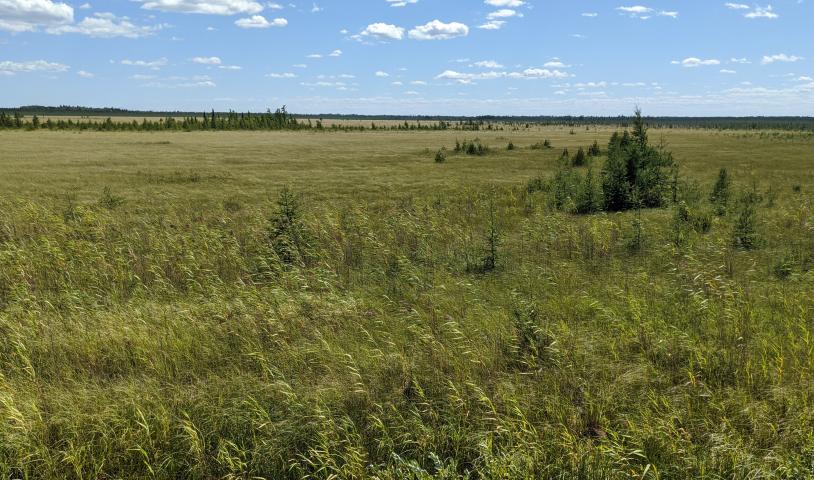Peat Bogs: Our Ugly Ecological Gem
Friday, April 12, 2013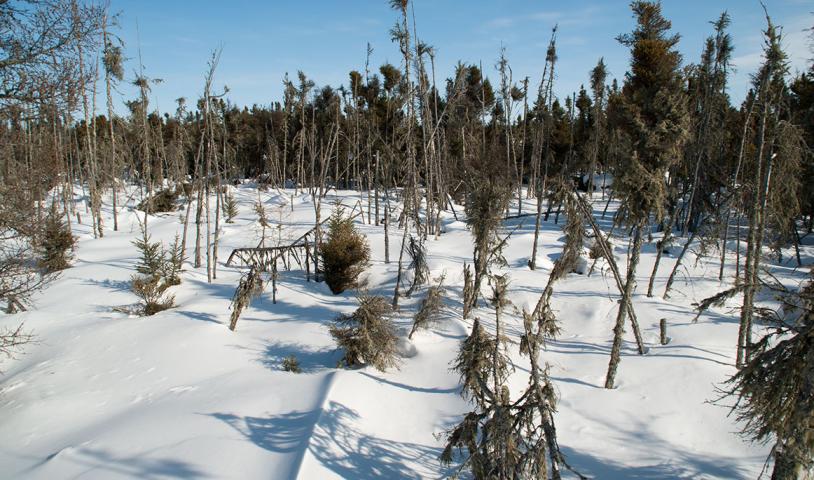
As the spring sun shone down on our vintage sleds, Eric and I sat watching the orange flags tied to our ice fishing rigs immersed in Deer Lake. To the east the shore was lined with spindly trees, with large raised snowdrifts from a full winter of blowing wind. The southeastern portion of Deer Lake is under threat from peat strip mining. We ventured up there for an ice fishing and research expedition to see what was about to be lost to a peat development operated by Berger Peat Moss.
We got in the truck and travelled the 250 km up past Riverton, leaving the manicured prairie for the flat forests and bogs of the west side of Lake Winnipeg. Manitoba’s new peat mining heartland is developing on the Washow Peninsula, west of Hecla Provincial Park and east of Fisher Bay. On our way there, past Beaver Creek, we were able to see into another peat operation run by Sunterra, which straddles both sides of the road. The best way to describe a peat strip mine is emptiness. It is a flat field stripped of all life. Developments like this stretch for kilometres.
A peat bog is a gigantic wetland of short spindly trees, excellent for filtering water and storing carbon. To my eye these bogs had very little beauty. They just appear to be spindly tree after scrubby tree, some with lichens, some without. They continue into the distance until the nutrient levels rise enough to allow larger trees to survive. But peat bogs are critically important ecosystems. The ecological health they promote for our water is unmatched. When it comes to sequestering carbon, there is nothing more effective terrestrially than a peat bog – and that’s why they must be protected.
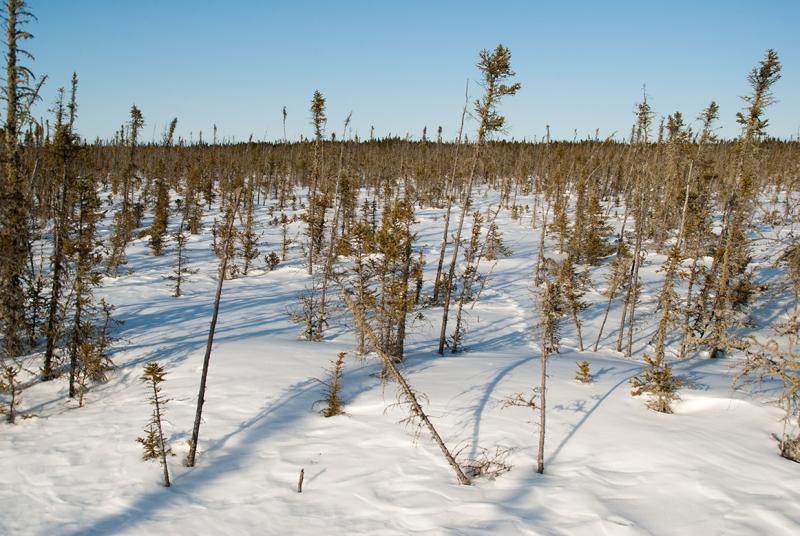
Throughout Manitoba’s boreal forests, peat bogs will store more carbon than any technology we could ever create. Manitobans have a wonderful tool for combating climate change; all we have to do is leave it alone and we are doing a major part in offsetting carbon emissions. If we mine peat, emissions will increase because we lose our most precious offsets.
The area surrounding Deer Lake is prime moose habitat, and the peat developments border the Moose Creek Wildlife Management Area. Deer Lake is 2 km across, and it is very difficult to notice details on the the opposite shoreline when you are fishing near the other side. The planned peat strip mines are slated to be just as wide – and some wider – than Deer Lake itself. This is much wider than the size limit allowed for a logging clearcut. Clearcuts are only supposed to be 400 square metres, so that no matter what, the bushline is 200 metres within sight. Moose will lose a lot of habitat to these developments. Wildlife biologists have demonstrated that roads and clearcuts allow predators such as wolves to access areas faster and be able to kill more prey species.
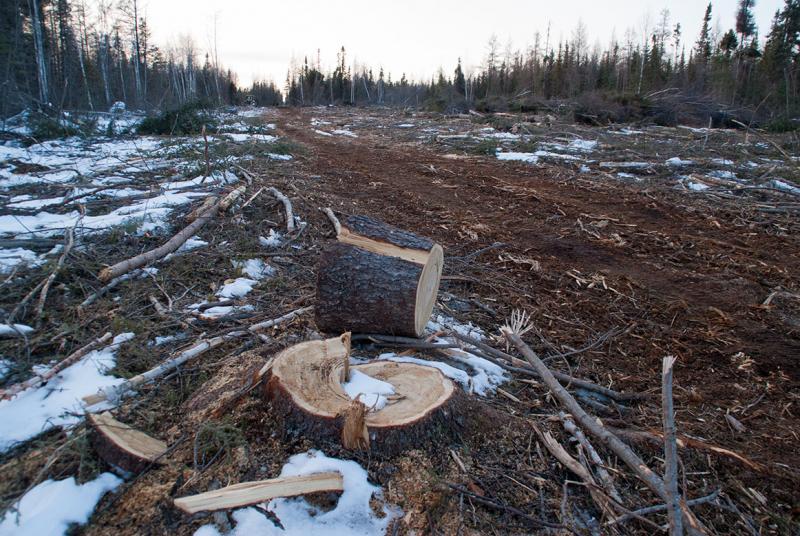
As the sun started to set and the air became colder, Eric and I made our way back to the road and loaded our gear. We travelled further north by truck and surveyed the newly bulldozed road being built by Berger. The road will stretch from Highway 234 all the way into the basecamp of Berger’s new peat mine. This road will be central to the company’s strip mining of the area.
This is just the beginning of Manitoba’s peat rush. We need to put an end to peat mining in Manitoba for our moose, for our climate, and for our water. If you haven’t already, please write the Minister of Conservation and tell him to stop peat mining in our province.
Alex Paterson | Manitoba Assistant Campaigner
